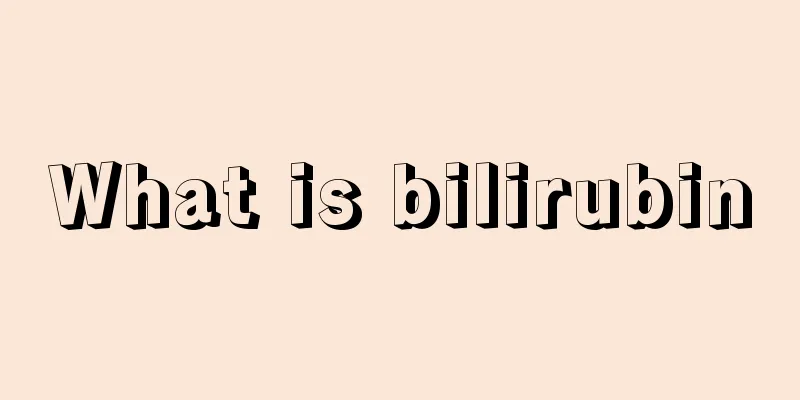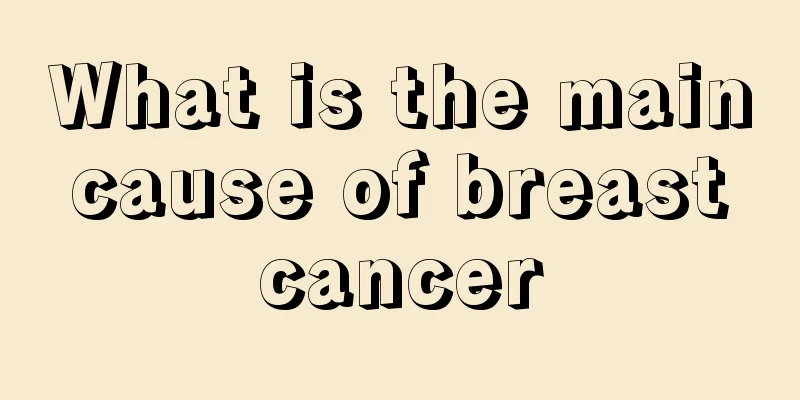What is bilirubin

|
When we check liver function or jaundice, we often refer to the bilirubin value and analyze it based on the conclusion. However, for ordinary people, the meaning of various professional terms may not be understood, and bilirubin is one of them. When a child develops jaundice, he or she will definitely want to understand the situation in detail. So, what is bilirubin? Let’s take a closer look below. Bilirubin is a type of bile pigment and the main pigment in human bile. It is orange-yellow in color. Bilirubin is the main metabolite of iron porphyrin compounds in the body. It is toxic and can cause irreversible damage to the brain and nervous system, but it also has antioxidant function and can inhibit the oxidation of linoleic acid and phospholipids. Bilirubin is an important basis for clinical diagnosis of jaundice and an important indicator of liver function. Classification Total bilirubin: High indirect bilirubin and high direct bilirubin indicate hepatocellular jaundice, liver cell damage, decreased liver function, and the liver cannot completely convert indirect bilirubin into direct bilirubin. At the same time, compression of the intrahepatic bile duct causes excretion disorders, and direct bilirubin cannot be completely discharged into the bile duct. It may be accompanied by acute icteric hepatitis, chronic active hepatitis, cirrhosis, liver cancer and other diseases. Direct bilirubin: indicates obstructive jaundice. Indirect bilirubin: It may be caused by hemolytic jaundice. Elevated direct bilirubin may also be caused by blood type incompatibility during blood transfusion, anemia, etc. In liver function tests, the normal range of bilirubin is as follows: [Total bilirubin] 1.71~21μmol/L (0.1mg/dl~1.0mg/dl) [Direct bilirubin] 0~7.32μmol/L (0~0.2mg/dl) [Indirect bilirubin 0~13.68μmol/L (0~0.8mg/dl) Compounds containing porphyrin in the body include hemoglobin, myoglobin, peroxidase, catalase and cytochrome. Adults produce about 250 to 350 mg of bilirubin per day. The main sources of bilirubin are: ① 80% to 85% of bilirubin comes from the disintegration of aging red blood cells. ② About 15% is formed by the destruction of immature red blood cells in the bone marrow during the hematopoiesis process (ineffective erythropoiesis in the bone marrow). ③A small amount comes from the destruction and decomposition of hemoglobin-containing proteins (hemoprotein), such as myoglobin, peroxidase, cytochrome, etc. Some people call this bilirubin that is not produced by the decomposition of aging red blood cells "bypass bilirubin." |
<<: Self-diagnosis of kidney yin deficiency and kidney yang deficiency
>>: Symptoms of sequelae of febrile convulsions
Recommend
Are there any signs of depression at the root of the nail?
If you find that there are dents at the bottom of...
Is liver pain a sign of liver cancer? Liver pain may be related to these 5 reasons
Because the liver is relatively silent and the sy...
What are the effective drugs against pancreatic cancer
When pancreatic cancer is in the middle or late s...
The amount of cicadas used
Summer is here and we can hear the sound of cicad...
What to do when you are tired? Learn to adjust yourself
Usually we can take a proper rest when we are phy...
What to do if your hands become numb from taro?
I believe many people have had this experience, t...
Why does liver cancer hurt at night
Liver cancer is a malignant tumor of the digestiv...
Are hoarseness, chest pain and fever signs of lung cancer? 7 symptoms in the body indicate lung cancer
According to the latest statistics, the incidence...
How to relieve hemorrhoids and constipation
Hemorrhoids are divided into three categories: in...
How to store leftovers in summer?
In the hot summer, many things are difficult to p...
When your thumb feels numb, beware of four diseases
As the saying goes, the fingers are connected to ...
What are the uses of ammonium chloride?
With the rapid advancement of technology in moder...
How to prevent blisters at the corners of the mouth?
Generally speaking, blisters at the corners of th...
What can't people with Yinxiao disease eat
Many people may not know much about psoriasis, wh...
How much do you know about testicular cancer
How much do you know about testicular cancer? Whe...









